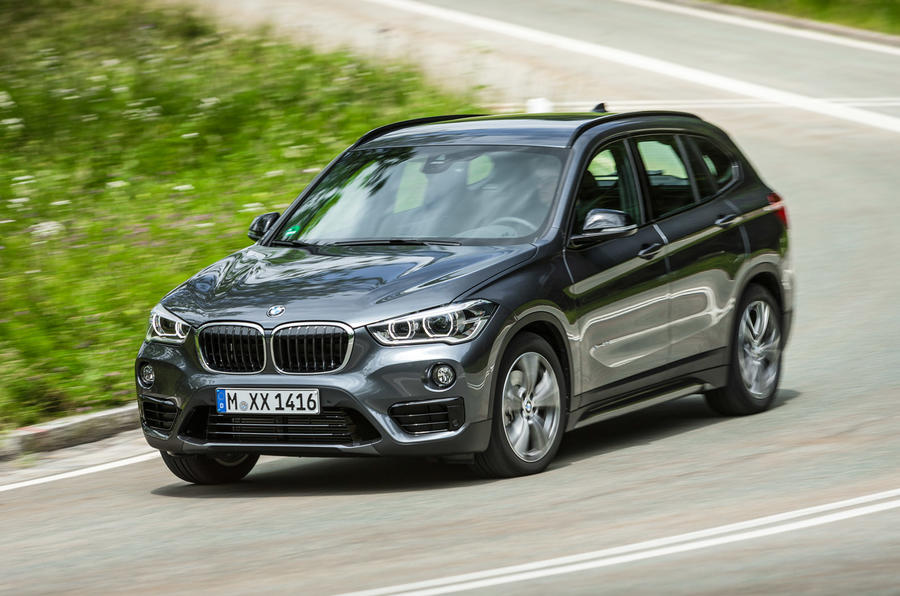What is it?
BMW was quick off the mark with the original BMW X1 back in 2009. At a time when most of its rivals were still considering whether there was in fact a market for a small, premium-brand SUV, it was overwhelmed by the showroom success of its most affordable X model – so much so that it hurriedly organised for extra production capacity to meet the initial demand.
In the six years hence, the first-generation X1 has garnered 730,000 sales worldwide, easily making it the most successful entry in what has now become a toughly fought segment that includes the Audi Q3, Mercedes-Benz GLA and Lexus NX. It is stating the obvious to suggest that this new second-generation model, which is due to make its public premiere at the Frankfurt motor show, has a lot to live up to.
As part of efforts to more closely align the look of the BMW X1 with its larger SUVs, BMW's design team has provided the new model with a more rugged appearance than that of its predecessor, which was seen by many as being more of a high-riding small estate than a dedicated SUV.
The new styling treatment, credited to young Australian designer Calvin Luk, adopts a much bolder front end dominated by BMW's signature kidney grille, angular headlights, round fog-lights sited independently within the front bumper, a contoured bonnet, prominent front wheel arches, a more heavily structured body, additional cladding within the wheelhouses and sills, greater ground clearance and an angled tailgate now boasting optional automatic operation via the key fob.
Bucking the trend toward ever-larger successor models from BMW, the new X1 is actually 36mm shorter but 21mm wider and 53mm higher than the old model. It also rides on a 90mm-longer wheelbase, providing it with shorter overhangs than before. The tracks have also been extended by a generous 61mm at the front and by 32mm at the rear, increasing its overall footprint.
It is the third model to make use of BMW’s UKL platform. Dispensing with tradition, it sites the various petrol and diesel engines on offer in a space-saving transverse position rather than the longitudinal mounting of the old model. In combination with the altered exterior dimensions, the new platform is crucial in providing greater levels of interior accommodation as well as an additional 85 litres of luggage space over its predecessor at a nominal 505 litres.
The adoption of the UKL platform has also allowed BMW's design team to endow the X1 with an altered silhouette featuring a significantly shorter bonnet and longer roofline than the old X1. Retaining the five-door layout, it also receives larger rear door door apertures for added ease of entry.











































Join the debate
Add your comment
The appaling news on air
Agree, change is needed
An alternative view may be that people should stop using older diesel vehicles, or older of any type perhaps. The newer ones have to meet increasingly strict emissions criteria, but the older ones do not. I would suspect that it would take quite a number of new diesel cars to produce the same pollution levels as just one truck or bus. I see lots of them in London. Maybe vehicles beyond a certain age (to be determined) should be banned from cities? What was that statistic a few years ago, that it would take 20 new Fiestas to produce the same emissions/pollution as just one of the original Fiestas. Those, I recall, had either a 957cc or 1100cc petrol engine.
Adrian987 wrote:
The emerging evidence seems to suggest that diesels are much dirtier than their official figures, especially on short, stop-start journeys, and deteriorate markedly over time. Any new diesel bought now will have a life span of roughly 10 years. Whilst there is definitely a case for tackling pollution from older vehicles, I would suggest that Europe needs to switch away from buying diesel in a big way. Unfortunately, the changes to the UK road tax system announced this week will do nothing to encourage this.
More info
NEW X1
Might be my next car in 3
You cant